Gravel Grinder News: Drop Bar Terms Defined – by Guitar Ted
In this post I want to help to clear up some misconceptions and to help readers understand the bits of flared drop bars that help determine their shape and usefulness. I’ve touched on all of these things in past posts, but I realized after reviewing the Easton EA70 AX flared drop bar for RidingGravel.com that I hadn’t ever put all the definitions into one, easy to digest post. So, hopefully this will be clear and concise enough to help those interested in off road drop bars for MTB and gravel get what they need to clear up any misunderstandings and to learn the lingo of the flared drop bar.
I’ll have some images to help with the descriptions, and afterward I will share some bars that, in my opinion, get it right in certain areas and others that got it all wrong. Some of the bars I will not be in favor of are going to be some of your personal favorite bars ever. That’s okay. We have choices and that is a good thing, because what I like isn’t going to play well in Peoria all the time, if you know what I mean. So, please don’t get offended if I don’t praise your personal favorite bars. One- because you aren’t going to change my mind, and: Two- I won’t change your mind about your favorite. Again, it is about choices. You can agree or not, but hopefully, in the end, you will gain some understanding. That’s the main goal.
NOTE: Drop Bar Terms I will define will be in ALL CAPS. This is done because they all relate to each other and one is not independent of the others.
Okay, with that, let’s get on with this.
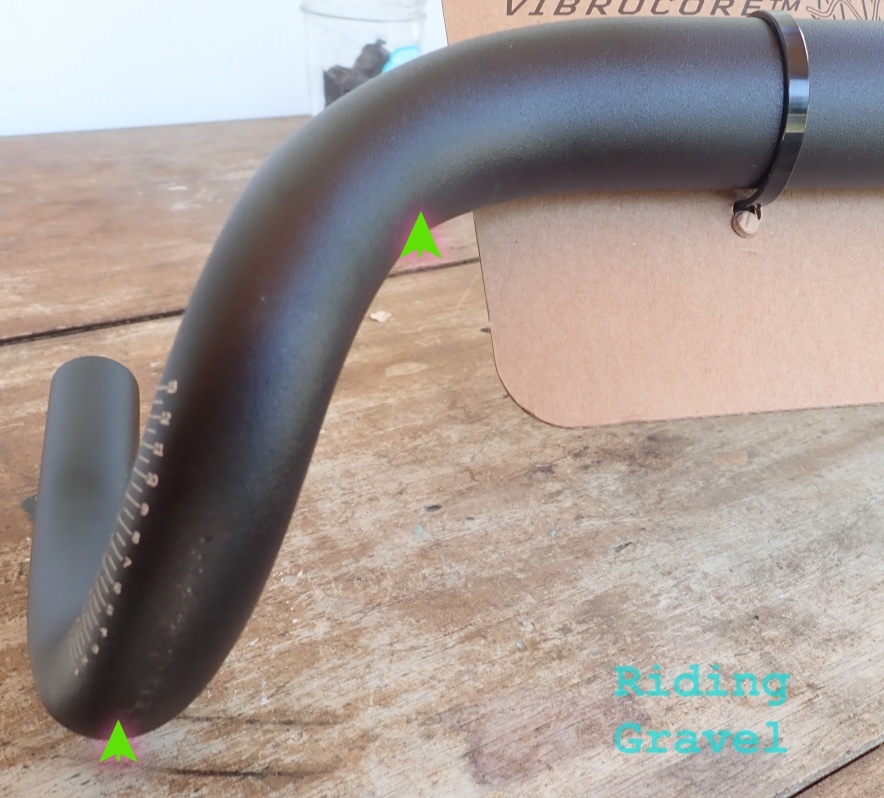
FLARE: This is the term that lends its name to this type of bar, and as such, is the main element that differentiates a FLARED Drop Bar from a traditional road drop. The term defines the amount by which the bottom of the DROP section is flared outward from the “TOP SECTION”. This is usually given in degrees of FLARE. So, a 25° FLARE (as seen above) has more “outward bend” to the DROP than a bar with 12° FLARE, as in a Salsa Cycles Cowbell Bar. A traditional road drop bar would have 0° of FLARE and the EXTENSIONS would be directly under the end of the “TOP SECTION” of that sort of drop bar.
FLARE is important because it allows for clearance of the rider’s wrists and forearms when in the DROP sections while negotiating rough terrain.

SWEEP: This is a different feature of a flared drop bar that is not always present. Some flared drops have it, some do not. What is it? The SWEEP defines how the EXTENSIONS point back at the rider when the rider is in the saddle. A bar with no SWEEP will have extensions that point directly back, parallel to the stem. Bars with SWEEP will look bent outward at the ends, like a Salsa Cycles Woodchipper Bar. Notice in the image above how the Woodchipper, (Top) has EXTENSIONS which point off at a severe angle while the SPANK Flare 25 Drop Bar has almost no SWEEP. Most flared drop bars have some amount of SWEEP, but few are as radically swept as a Woodchipper Bar.
Note- for the next several terms, please refer to the image of the Origin 8 Gary Sweep Bar above.
REACH: The REACH of a flared drop bar (GREEN arrows above) is the part of the bar that “reaches” forward of the TOP SECTION of the handle bar. It is usually described in millimeters of REACH measured from the center of the TOP SECTION to the outside of the forward bend of the DROP.
DROP: This is the part of the bar described by the distance the DROP comes down from the TOP SECTION to the EXTENSIONS (Orange Arrows). This is usually measured in millimeters from center of the TOP SECTION to the center of the EXTENSIONS.
RAMPS: This is the part of the DROP that reaches from the TOP SECTION to where the levers mount. (RED arrows) Usually the RAMPS are sloped somewhat, being a part of the radius and REACH of the DROP section. This is a critical part of a flared drop bar as it will determine brake/shift lever placement, hoods position, and ultimately is one of the most important features of any drop bar. Curiously, a RAMPS slope is almost never given in spec charts. When it is, it is usually described in degrees from a level point from the TOP SECTION.
EXTENSIONS: This is the part of the bar extends back toward the rider. (Purple arrows) Extensions are important since they describe how many hand positions there are on the EXTENSIONS and “in the DROPS”. The ends of the EXTENSIONS on flared drop bars generally are where one would mount bar end shifters also, if so desired. EXTENTIONS are almost never given a measurement in spec charts.
TOP SECTION: This is the part of the bar that the stem attaches to and extends outward on each side to where the DROP/RAMPS start. This is usually where the bar gets its width measurement. So, a 42cm bar would describe the TOP SECTION between the centerline of the DROPS. This generally does not include the extra width created by FLARE or SWEEP.
Okay, that’s it for terms that describe the parts of a flared drop bar. Now I’m going to give you a run down of bars that I feel are seminal, great flared drop bars and some that I feel are so poorly designed they are abysmal. I will also point out a couple that are near misses, or ones that have a particular feature which is awesome.
Bonus: Gritty Take:
They Got It Right: My personal opinion, of course, but the bars which are spot on are few. Probably the two best out there, and two of the most popular of all time, are Salsa Cycles’ Cowchipper and Cowbell bars. The Cowbell was the first to really nail a very subtle FLARE to a constantly varying radius to the DROP and give the flared drop bar crowd a bar that could be a road racing bike bar, but better. The Cowchipper is basically a Cowbell, but with “more”. More FLARE and more SWEEP than a Cowbell with a really comfy DROP section. Both bars feature really good REACH, DROP, and RAMP sections. Super easy to set up, super comfy, and really, nothing to dislike here.
The only other bars that I think rival the Salsa ones are the Whiskey No. 7 & No. 9, 12 and 24 bars, and the seminal On One Midge Bar. The Midge is an oldy but a goody. The only nit I have is that bar comes in one width and the EXTENSIONS are short. I think it may be one of the only bars offered with a full 31.8mm TOP SECTION as well.
Nearly There: The Ritchey VentureMax is another cool bar with good FLARE, SWEEP, and an ergo bend in the EXTENSIONS which may or may not agree with you. Other bars, too many to list, have decent FLARE, DROP sections, and constantly varying radius to the DROP which make them very similar, one to another. The EASTON EA70 AX bars I reviewed represent the current crop of bars which are like this. Some of the Origin 8 Gary variants are also pretty cool.
They Missed The Boat: The best SWEEP, if you like a LOT of SWEEP, is on the Woodchipper bar from Salsa Cycles, but due to the weird bend in the DROP section, the severe RAMP section, and the odd radius to the DROP, it misses so badly, in my opinion, that it becomes a bar that is very difficult to set up without making some part of the bar nearly, or completely, unusable. I know……there are rabid fans of this bar, but I think it is a clunker. Another bar which really was a head scratcher for me was the SOMA Gator Bar, a bar with such a massive DROP it made the EXTENSIONS nearly unreachable without setting it up so that the TOP SECTION was sky high. Added to that, the radius of the DROP was so shallow that it, as with the Woodchipper, made set up a nightmare. Finally, there was a bar sold under various brand names, but is probably best known as the Velo Orange Daija Cycleworks Far Bar. It’s intriguing, but with its severe FLARE and angular DROP section, I found it to be a near miss.


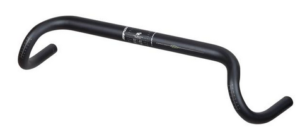

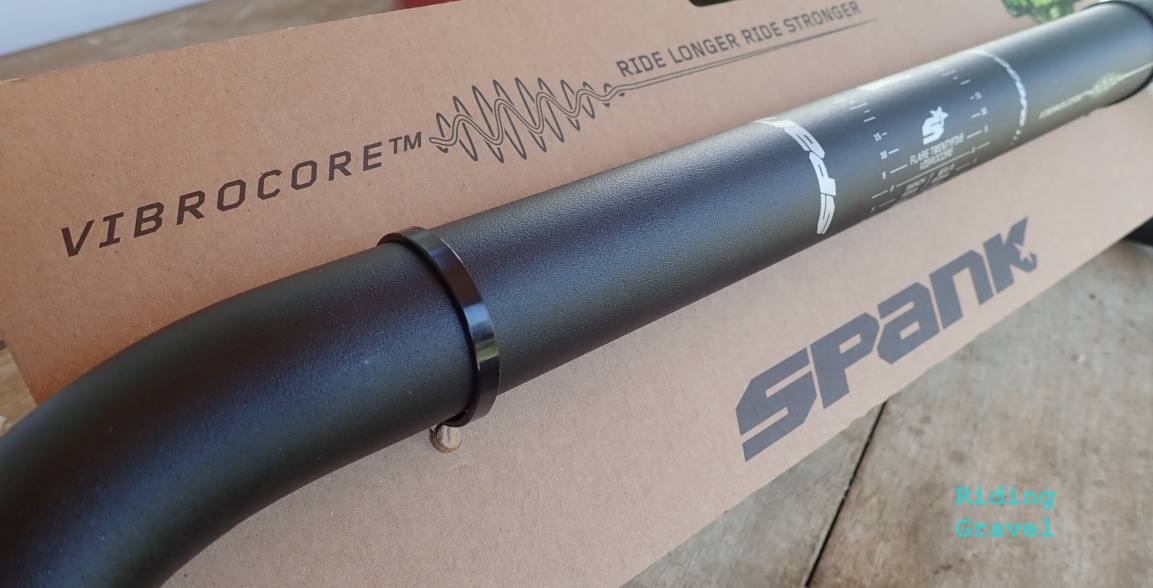
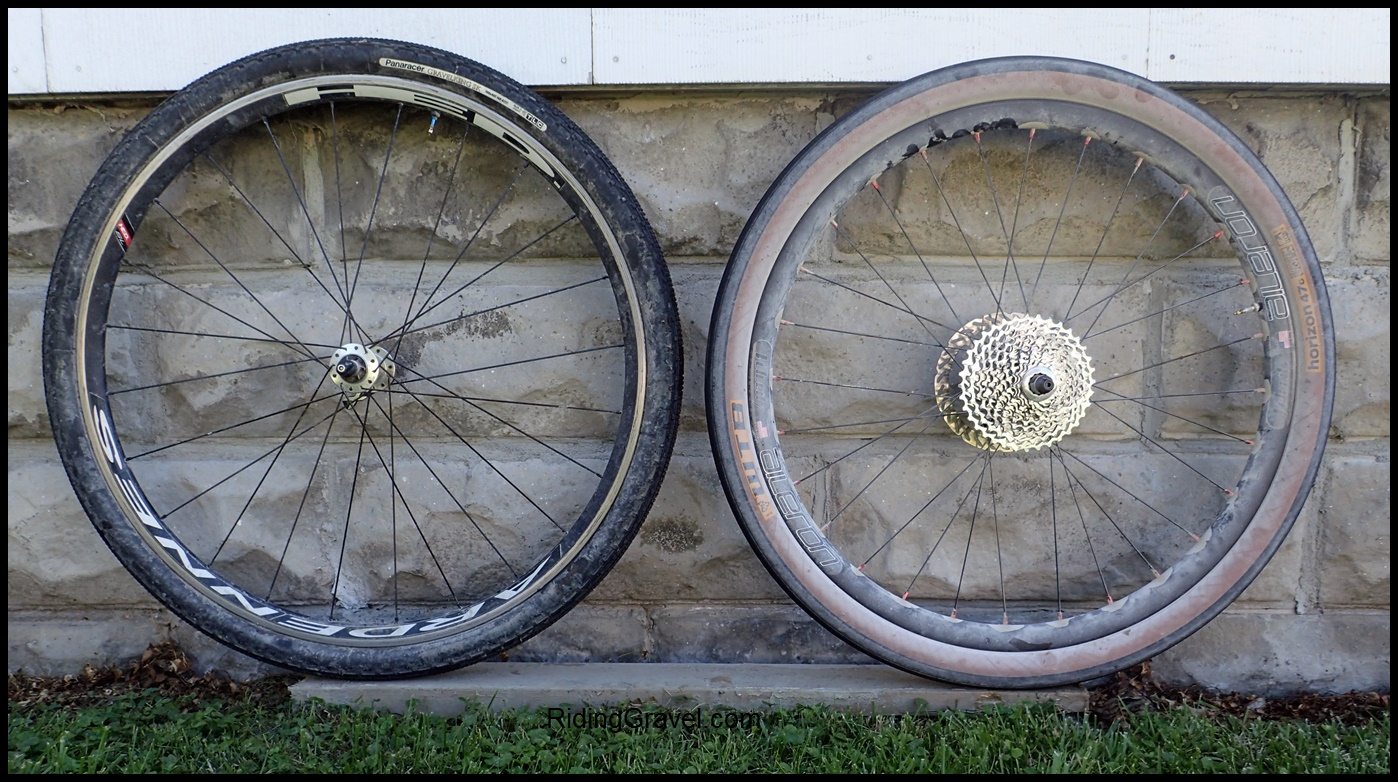
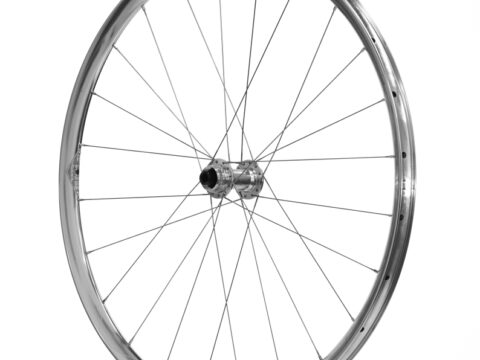
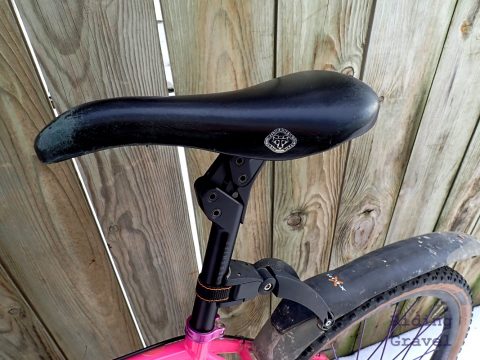
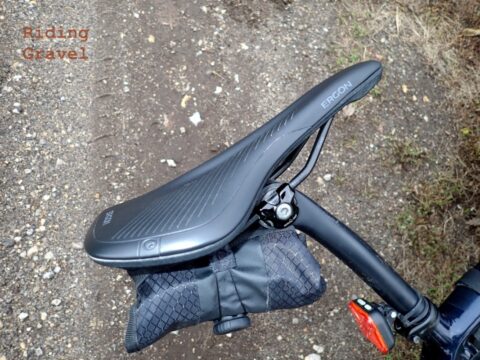
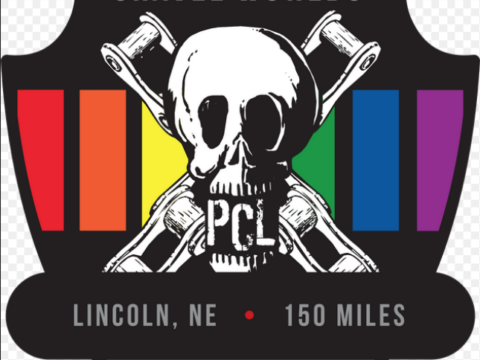
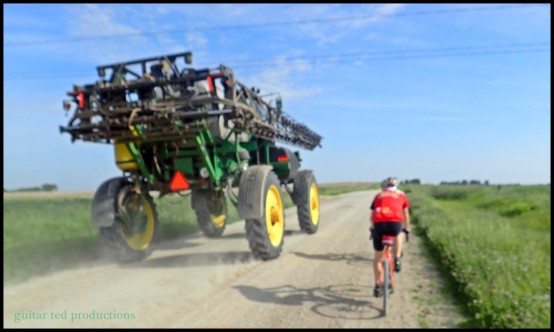
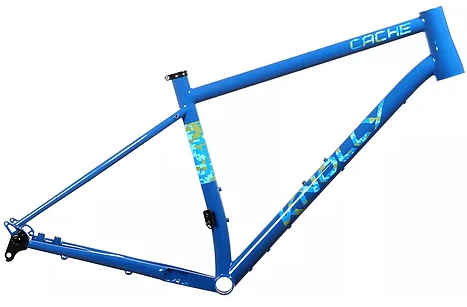
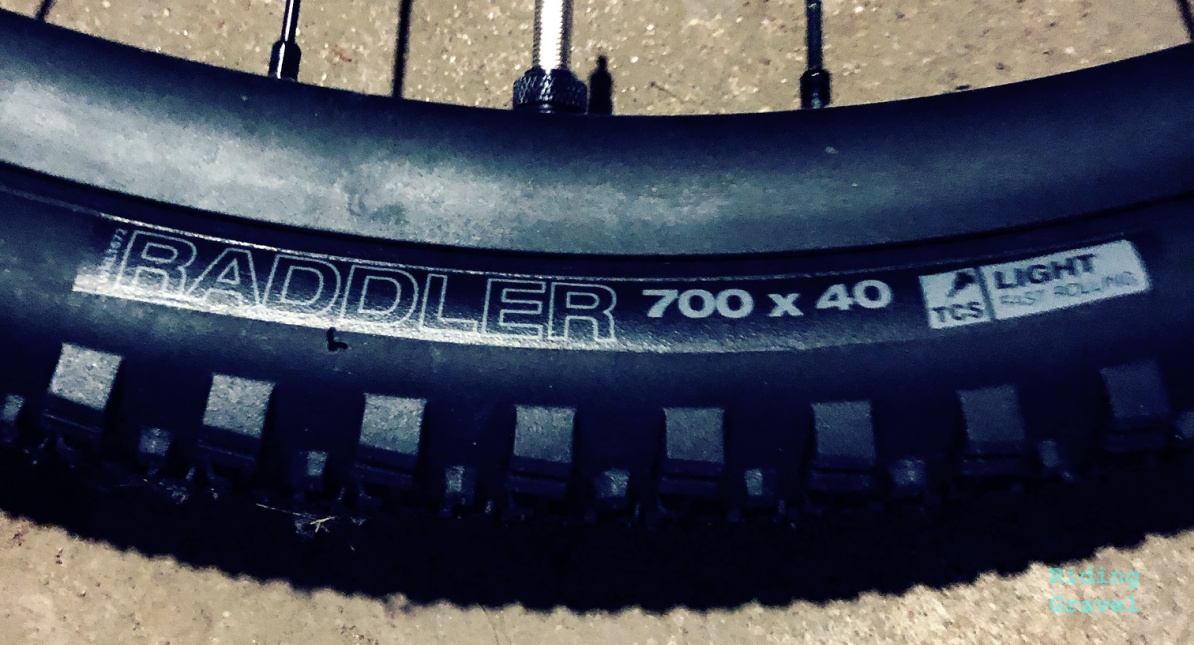

Great post! Admittedly, I was not able to piece together all of this info previously, especially the definition of SWEEP. The photos/diagrams were very helpful!
This was a great tutorial on handlebars and which ones you think hit the mark for gravel riding. For something completely different, what do you think of Rene Herse Randonneur Handlebars? Jan Heine claims that there are more comfortable positions on the bar for longer rides than regular bars.
https://www.renehersecycles.com/shop/components/handlebars/compass-randonneur-31-8-handlebars/
@Paul Greenburg- Thank you! Now as far as those classic randonnuer bars go, they have their place, and they are far more comfortable than many modern road racing bars. But for gravel, the lack of flare is a concern. So also is the deep drop that these bars feature. They may well work with a bike with a higher head tube, but the differential between tops and extensions (Drop) is usually more than what many people now days want to deal with. Finally the weird rise to the ramps from the stem clamp area may make mounting things like aero bars, or accessories either impossible or difficult.
Not all classic randonnuer bars are created equal, for sure, but many have a “negative” sweep to the extensions, which I find really strange, so be aware of that as well.
Thanks for the advice. Now I have to go shopping for some more appropriate bars for my gravel transformation of my old Ridley Supercross!